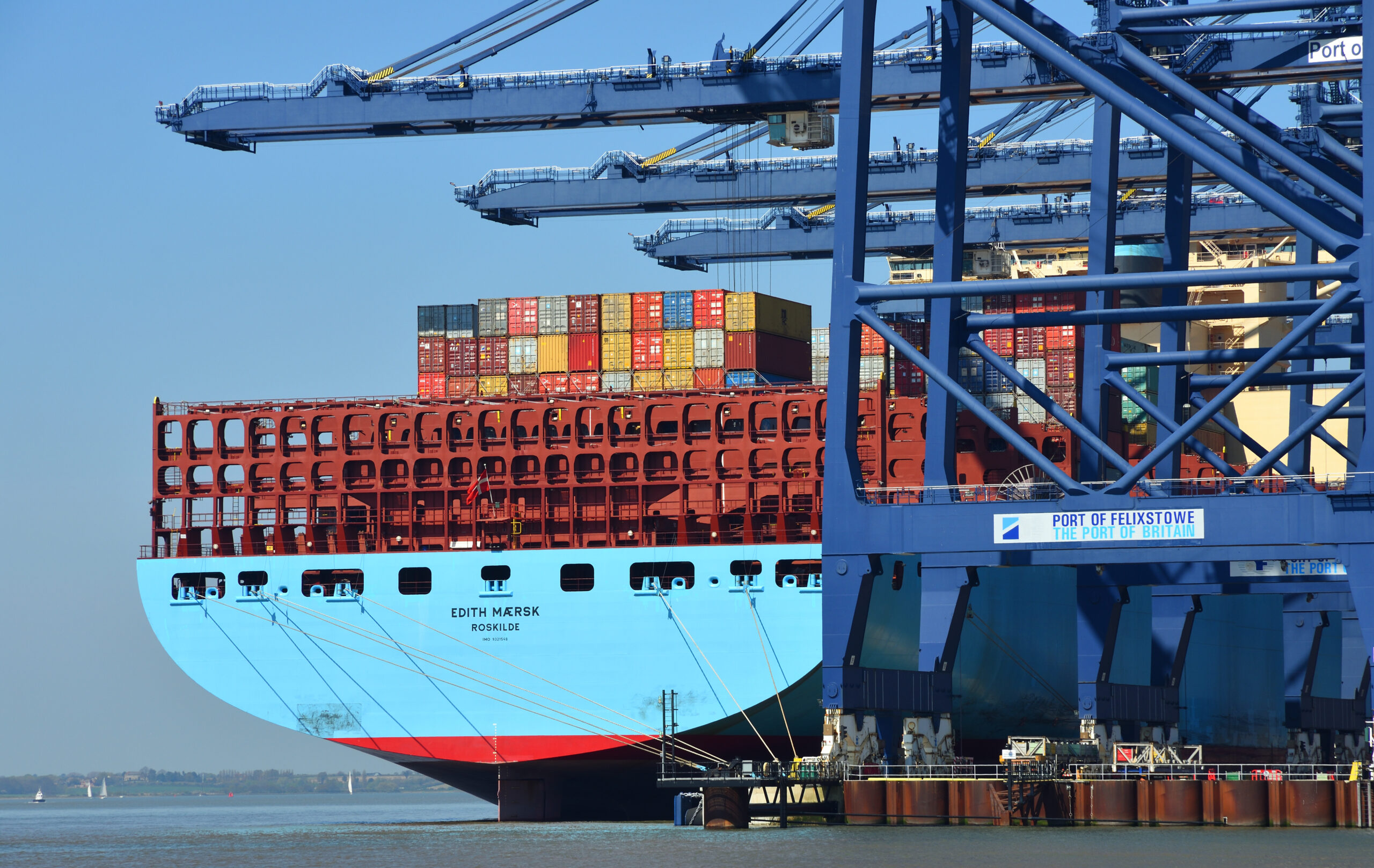A core component of the European Union’s “Fit for 55” package of regulations, FuelEU Maritime, officially came into effect on 1 January 2025 in a transformative moment for the decarbonisation of the shipping industry.
FuelEU Maritime establishes, for the first time, a mandatory well-to-wake greenhouse gas (GHG) intensity limit for vessels over 5,000 gross tonnage that call at EU ports. The mandated timeline for a progressive reduction in GHG intensity in fuels used on-board ships requires a 2% reduction by 2025; a 6% reduction by 2030; and an 80% reduction by 2050.
The emissions targets cover 100% of the energy used during calls at EU ports and on intra-EU voyages, and 50% of the energy used on voyages into or out of the EU or EEA. This applies to the carbon dioxide, methane and nitrous oxide gasses that are emitted throughout the entire lifecycle of the fuel.
To achieve compliance with the new FuelEU Maritime regulations, shipowners can utilise several strategies, which include adopting low- or zero-GHG intensity fuels; banking a surplus of carbon credits through over-compliance with emissions limitations; pooling emissions compliance balances to offset total emissions and liabilities; and using Onshore Power Supply (OPS) when at port.
The broader aim of FuelEU Maritime is to close the gap in cost between fossil fuels and low-/zero-carbon fuels, which it has been suggested could be achieved by 2035. This, however, depends upon the enforcement of robust emissions policies and the successful integration of FuelEU Maritime with the EU ETS’s progressive market-based mechanisms.
FuelEU Maritime represents a pivotal step in the EU’s maritime decarbonisation strategy. By aligning with the EU ETS and in establishing ambitious targets with flexible compliance pathways, the new regulations reinforce the EU’s wider Green Deal objectives to achieve carbon neutrality by 2050.



